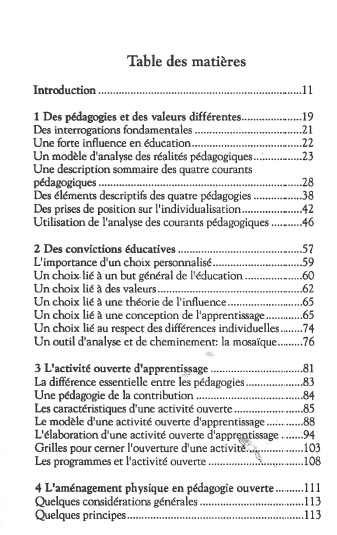A Response to D’Arcy Norman on the LMS/Open Binary
D’Arcy Norman has a great post on his blog where he challenges what he feels is a binary between LMS hate and Open love. I was really excited by this post because a) I realized how thirsty I’ve been to read actual blog posts again and b) I found it nailed the state of LMS and Open ed tool thinking.
I think where you sit on the continuum of Open to LMS has to do with the kind of institution and institutional resources available to you. I work at a small but highly productive institution that runs on about 40 million (yes, only one 0 there, folks) a year. D’Arcy makes the point that institutions use and even require many types of software systems that are as much if not more expensive than the LMS. However, at small institution, this is a big deal. When a necessary piece of software like an SIS costs millions, not mere thousands of dollars, the institution weighs its options very, very carefully. The LMS, in its capacity to be the do everything tool, becomes the only tool by necessity, since financial tools and SIS tools are almost non-optional purchases.
This is fine if you think that the LMS can and should do everything. Or if you think it’s adequate for most of your courses. The LMS offers the path of least resistance and becomes the de facto measuring stick anytime other tools might be suggested: WordPress? Wikis? But Blackboard has those too. Or, does it integrate with Blackboard? Does it integrate with our SIS?
As D’Arcy points out, scale is important here, and at small institutions it matters for different reasons. At a large institution, scale matters because of the shear number of students to which a platform has to be rolled out. At a small institution with much smaller numbers, it matters because of the lack of resources (skilled people) to implement anything more complicated or resource intensive than clicking a button.
Ironically, a small institution is constantly challenged to not take the path of least resistance. In our case, we are different because we can offer small class sizes, experiential learning, and overall a different kind of learning experience for students. Next to the F2F experience, the LMS experience can be very bland, since it is really designed around certain assumptions of what a F2F experience is in higher education, and what is needed in an online equivalent. Therefore, at my institution we are required to give more focus to tools that can provide a much more meaningful online experience, and increasingly this means looking more broadly at a wider range of tools, and even creating some of our own tools. For us, this is innovation for the right reasons, and we like to think that it is about doing the right thing for the students, even if it’s not as easy. Open tools, at least part of the time, provide us some ability to do this.
Which takes us back to the resource problem. If all of the ed tech budget is sucked into the LMS, it doesn’t leave much for the innovation budget. So which is more important? Choice #1 is stable, easy-ish, and guaranteed to take care of most of the institutional ed tech needs in one handy license. Choice #2 is perceived as risky, potentially more resource intensive, and a bit of an unknown. At the end of the day, the question has to be asked–is innovation a nice-to-have, or is it essential to the sustainability of the institution, who exists to provide a meaningful learning experience for students that is different from the bigger institutions? For us, the LMS is like a big comfy lay-z-boy that you can’t get out of, even though you probably should.



2 Comments
Pingback:
Pingback: